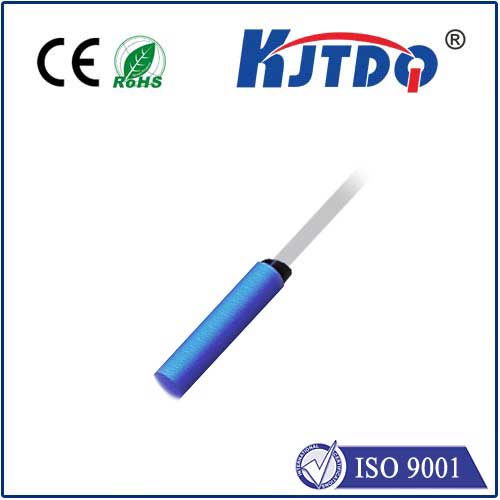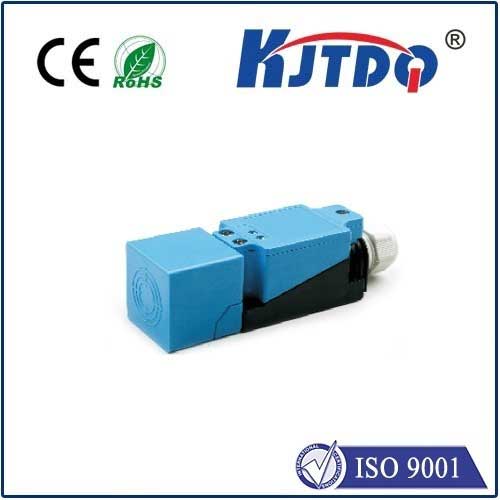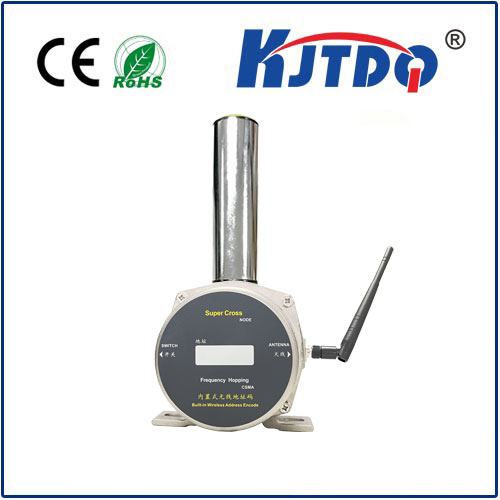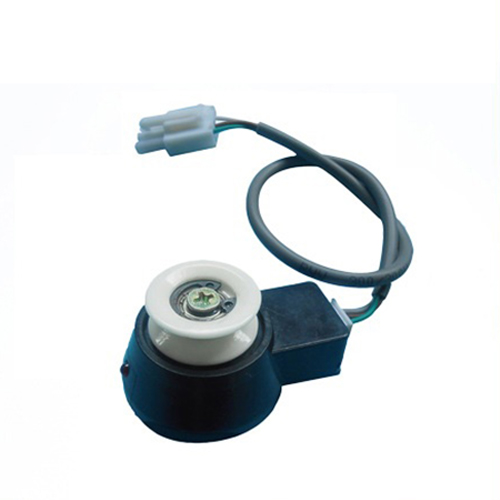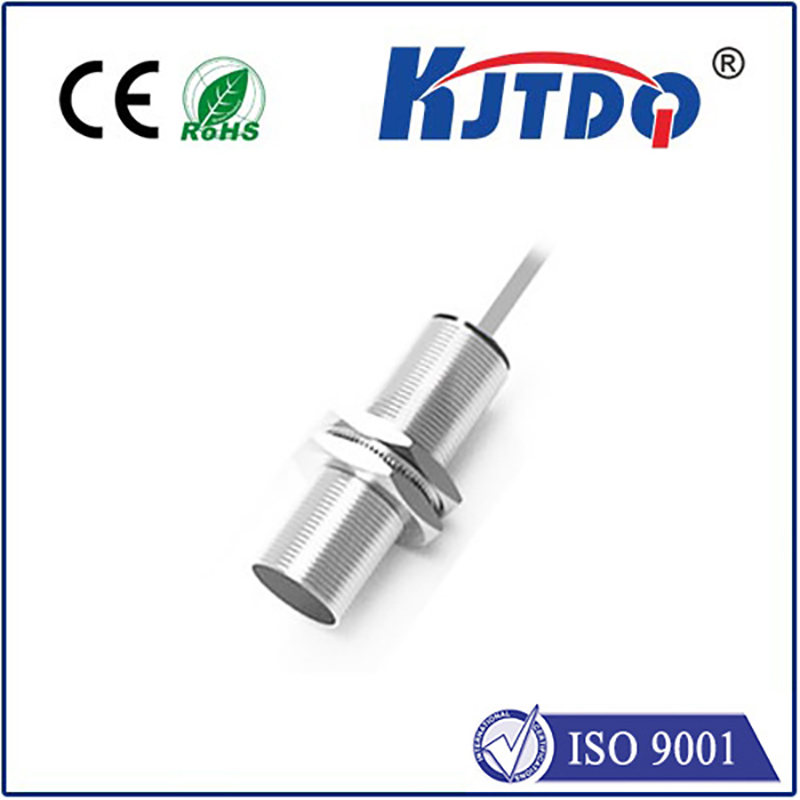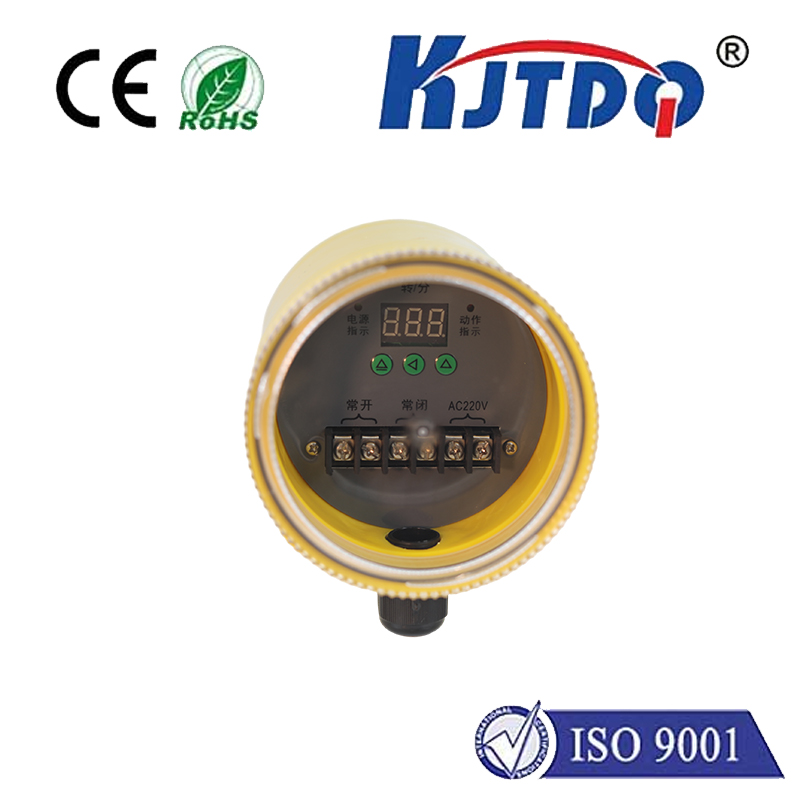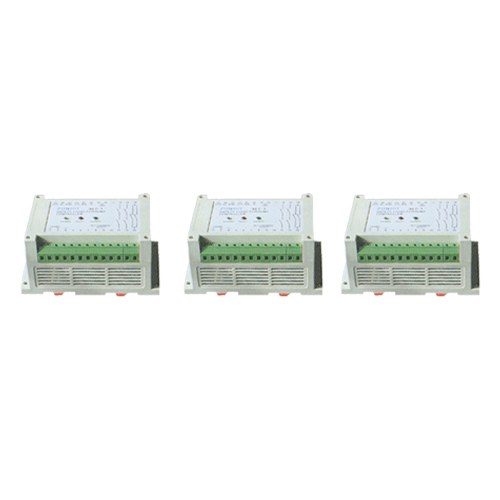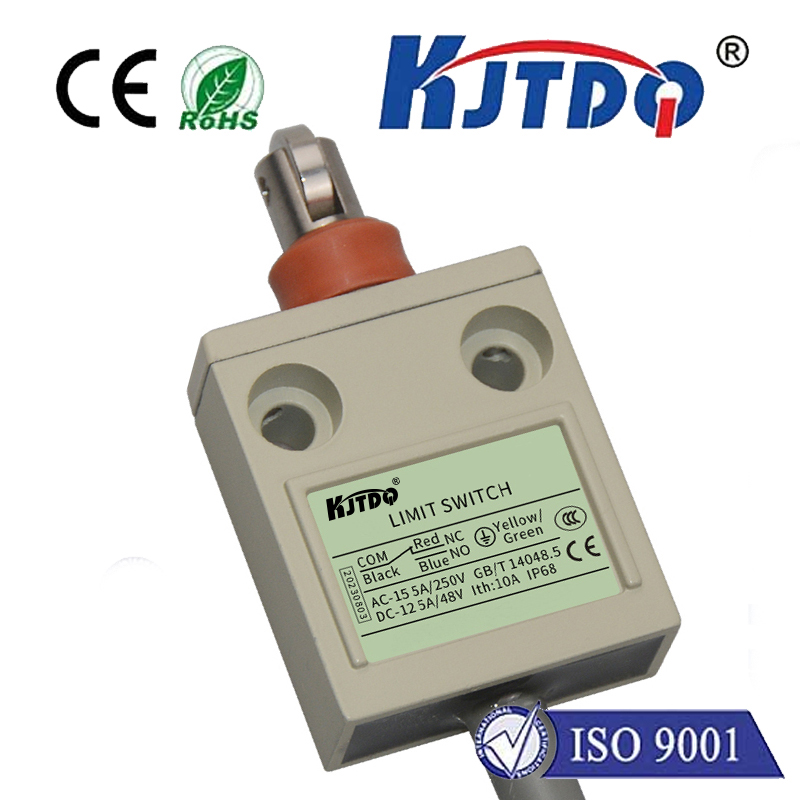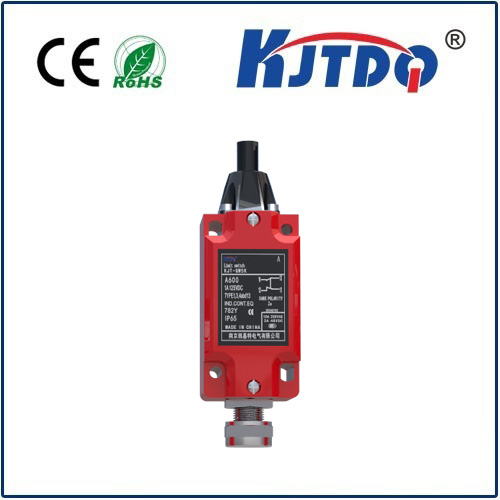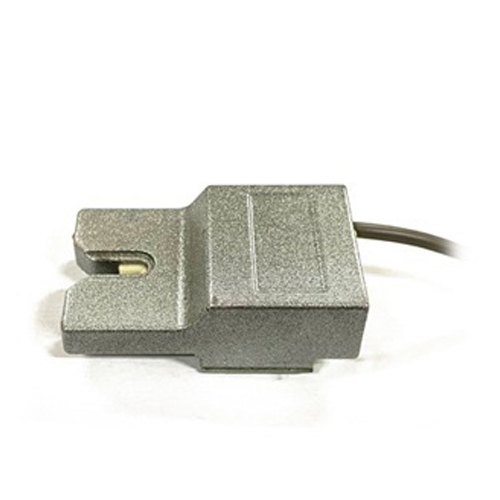марсианский ограничитель
- time:2025-07-31 04:52:32
- Нажмите:0
Mars Limit Switches: Guardians of Precision in the Harshest Frontier
Imagine a robotic arm on Mars, meticulously collecting a rock sample destined for Earth. One centimeter too far, and it could collide with the unforgiving Martian terrain, jeopardizing a billion-dollar mission. The silent sentinel preventing such a catastrophe? The unassuming yet critical Mars limit switch. These specialized components are far more than simple on/off triggers; they are fundamental enablers of safe, precise, and reliable robotic operations millions of miles from human repair crews.
What Exactly is a Limit Switch, and Why Mars?
At its core, a limit switch is an electromechanical device designed to detect the presence or absence of an object, or to monitor the travel limits of a mechanism. When an actuator (like a robotic arm joint) or a moving part reaches a predefined point, it physically interacts with the switch’s actuator lever, plunger, or roller. This action changes the switch’s internal electrical state – typically opening or closing a circuit – sending a crucial signal to the rover’s or lander’s central computer: “Stop! This is the end of the allowed travel” or “Object detected at location X.”
On Earth, limit switches are ubiquitous in industrial automation, elevators, and machinery. But Mars presents an environment of unparalleled hostility:

- Extreme Temperatures: Surface temperatures swing violently from a relatively mild -20°C (-4°F) near the equator in summer to a bone-crushing -125°C (-195°F) at the poles in winter. Electronics and materials must survive this brutal cycling.
- Pervasive Regolith (Dust): Fine, abrasive Martian dust gets everywhere. It can jam mechanisms, abrade surfaces, coat optics, and interfere with electrical contacts. Sealing is paramount, but absolute prevention is impossible.
- Intense Radiation: Lacking a strong magnetic field and thick atmosphere, Mars bombards surfaces with solar and cosmic radiation, degrading standard electronics over time.
- Low Atmospheric Pressure: With pressure less than 1% of Earth’s at sea level, thermal management and potential outgassing of materials become significant concerns.
- Communication Delays: The vast distance means signals take minutes to travel between Earth and Mars. Robotic systems must operate autonomously and safely; there’s no time for real-time human intervention if something goes wrong.
Designing Limit Switches for the Red Planet
Given these challenges, a standard industrial limit switch wouldn’t survive its first Martian sunset. Mars limit switches undergo radical transformation:
- Radiation Hardening (Rad-Hard): Components like microchips, sensors, and even base materials are specially selected or designed to resist the damaging effects of ionizing radiation, preventing premature failure or erroneous signals. This is non-negotiable for long-term mission success.
- Extreme Temperature Resilience: Materials are chosen not only to withstand the extreme cold but also to maintain consistent mechanical and electrical properties across the entire operational range. Special lubricants that don’t freeze or thicken excessively are essential.
- Hermetic Sealing: Switches are encased in rugged, hermetically sealed housings designed to keep corrosive, abrasive dust out of sensitive internal mechanisms and electrical contacts. Even microscopic ingress can spell doom over time.
- Abrasion Resistance: Contact points, actuator levers, and housing exteriors are often made from or coated with ultra-hard, wear-resistant materials (like certain ceramics or specialized alloys) to combat the scouring effect of regolith.
- Ultra-High Reliability & Redundancy: With repair impossible, every component must be extraordinarily reliable. Critical limit switches often employ redundant designs – essentially having two or more independent switches performing the same function – so if one fails, the backup takes over, ensuring mission-critical safety.
- Precision Under Duress: Despite the harsh conditions, these switches must actuate with consistent precision. The difference between a successful sample collection and damaging the drill bit could be mere millimeters. Accuracy and repeatability are paramount.
Mission-Critical Applications: Where Mars Limit Switches Earn Their Keep
Look at any complex mechanism on a Mars rover or lander, and you’ll likely find limit switches playing vital roles:
- Robotic Arm Articulation: Defining the safe operating envelope for shoulder, elbow, and wrist joints. They prevent over-extension or over-retraction that could damage the arm’s structure or motors, or cause collisions with the rover body or terrain. (e.g., Perseverance’s Sampling and Caching Arm)
- Instrument Deployment: Ensuring cameras (like Mastcam-Z), spectrometers, or drills are correctly stowed during transit and precisely deployed to their operational position. A limit switch confirms the instrument has locked into place. (e.g., Deployment of the SHERLOC instrument on Perseverance)
- Drilling and Coring Mechanisms: Controlling the depth of penetration for drills and corers, protecting the bit and ensuring sample integrity. They signal when the drill has reached its target depth or fully retracted. (Fundamental to Curiosity’s drill and Perseverance’s sample collection)
- Sample Handling Systems: In complex systems like Perseverance’s Sample Caching System, limit switches verify the positions of carousels, the robotic transfer arm, and sample tube handlers during the intricate process of sealing and storing core samples. One misstep here could contaminate or lose precious samples.
- Mobility Systems: Monitoring suspension positions or deployment states of elements like the helicopter deployment system on Perseverance (Ingenuity). Confirming wheels are correctly positioned or that deployment mechanisms have fully released.
- Deployable Structures: Verifying the successful deployment and locking of items like solar panels, communication antennas, or weather stations on landers. (e.g., Confirming solar array deployment on the InSight lander)
Beyond Rovers: Future Applications
As ambitions for Mars exploration grow – targeting human missions, larger pressurized rovers, and complex in-situ resource utilization (ISRU) plants – the role of robust limit switches will only expand. They will be fundamental in:
- Habitat Construction: Controlling deployment mechanisms for inflatable structures or robotic assembly arms.
- ISRU Equipment: Managing mining arms, processing equipment valves, and material handling systems to extract water ice or produce oxygen.
- Advanced Robotics: Enabling complex, dexterous manipulation needed for maintenance and construction tasks in challenging environments.
The Unseen Enablers of Discovery
While cameras and scientific instruments capture the glory, components like the Mars limit switch are the unsung heroes working tirelessly in the background. They provide the essential physical feedback that translates digital commands into safe, precise, and reliable mechanical actions on a distant, hostile world. Their meticulous design – hardened against radiation, sealed against dust, resilient to cold – embodies the extraordinary engineering required to push the boundaries of exploration. Every time a rover arm moves, a drill penetrates, or an instrument deploys successfully on Mars, these ruggedized sentinels are silently ensuring precision and preventing disaster, proving themselves indispensable guardians of extraterrestrial machinery.

